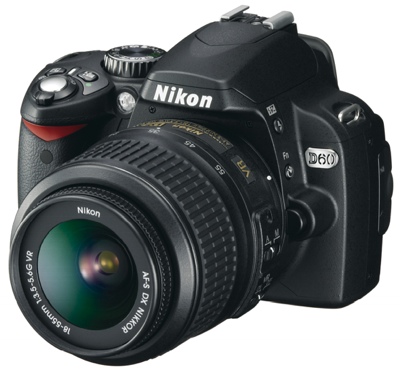In the sixth chapter of Journalism Next, Mark Briggs talks about the power of photography in journalism.
“Journalism without photographs is like writing without verbs,” says Briggs. Readers expect to see a visual image with every story.
But taking a good quality picture for journalism doesn’t happen easily. Briggs says it takes “patience, practice, and preparation.”
The first step is figuring out what type of camera to buy. The two primary cameras are:
- The point-and-shoot camera– a more compact, easier to use camera with a built in flash.
- A DSLR camera –a more complex and expensive camera, but it captures the best photos.

Credits to itechnews.net
No matter what camera you use, the best photos are taken with patience. Colin Mulvany is quoted in this chapter saying, “The best documentary shooters let the events and moment they are photographing unfold in front of their camera lens. Doing this type of work takes an investment of time, but the difference between a real image and a manufactured one is huge.”
So, not only is it important to have patience, but it is also important to take many photographs in order to get the photo you want. And after finding the right photo, the next step is editing.
Briggs gives a few helpful tips on editing and preparing to publish your photo. These include:
- Edit a copy of the photo—never the original.
- Crop the photo
- Resize the picture
- Modify the resolution
- Tone and color correct the picture
- Save a Web version
- Keep it simple
For editing programs, Briggs recommends, iPhoto or Windows Photo Gallery for free software that comes with your system, or a free online service called Snipshot. And for the most advanced photo editing, a commercial software such as Photoshop is recommended.
However, when editing pictures you must remember to use the journalism code of ethics. “Altering photos by adding or removing objects is strictly forbidden in documentary journalism,” says Briggs.
In the end, this chapter explains how journalism is not the same without photography. Photos can actually be a replacement for words in a story.
As journalists, it’s a good idea to learn the basics of operating a camera and producing good images in order to provide readers with the best quality story.

Leave a response